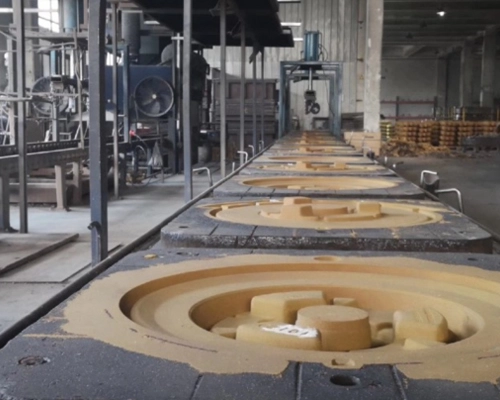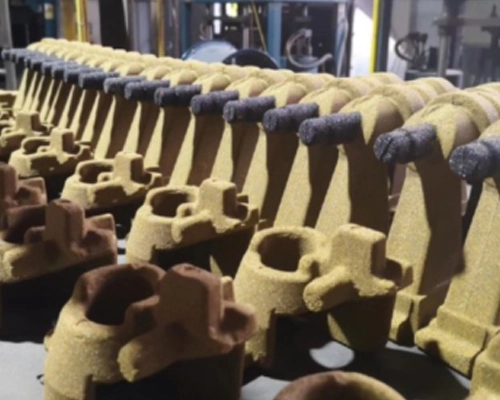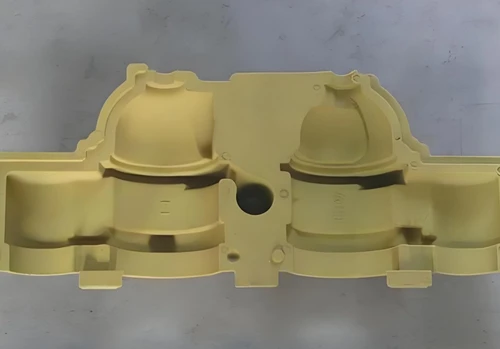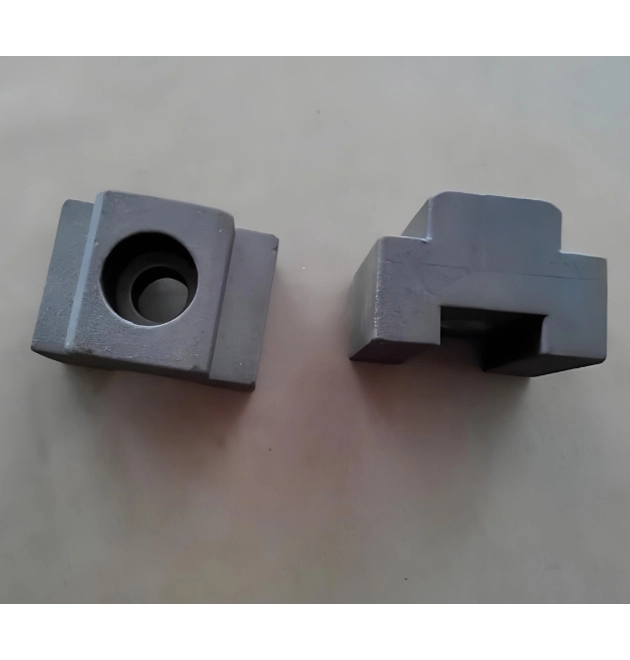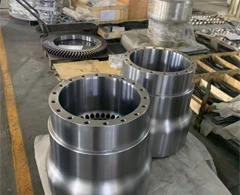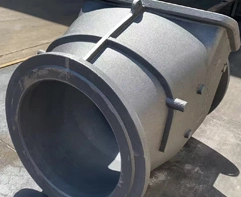Key Measures for Improving the Surface Smoothness of Metals Through Shell Casting
Fine coated sand:
using finer particle size (such as 70-140 mesh) coated sand to reduce sand gaps and form a dense and smooth mold cavity surface;
Mold surface treatment:
Metal molds are pre coated with high-precision release agents (such as silicon-based coatings) to ensure uniform sanding and no mold sticking defects;
Optimize solidification process:
Precisely control the heating temperature (280-320 ℃) and time of sand coating to fully melt and flow the resin, reducing the surface micropores of the sand layer;
Pouring parameter control:
Reduce the pouring temperature of the metal liquid (to avoid mold hot corrosion), use vacuum or low-pressure pouring to reduce turbulence, and suppress oxidation slag inclusion;
Preheating of the mold shell:
Before pouring, heat the mold shell to above 200 ℃ to remove residual volatiles and avoid surface roughness caused by pores;
Post processing optimization:
using shot blasting or electrolytic polishing instead of traditional sandblasting to accurately remove burrs and improve surface consistency. Through the above process optimization, a high smoothness of Ra 3.2-6.3 μ m can be achieved, meeting the requirements of precision components.
 EN
EN


